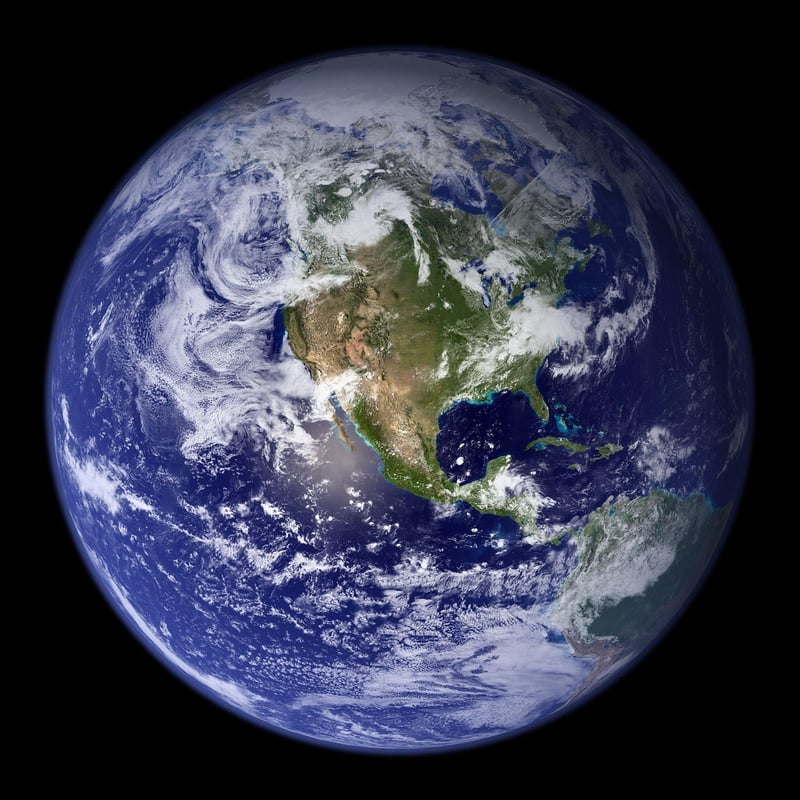Habitable Zones
Exploring the Possibility of Life Beyond Earth
Have you ever looked up at the night sky and wondered if we are alone in the universe? The search for life beyond Earth is one of the most intriguing questions that scientists and astronomers are trying to answer. With the vastness of space and the billions of galaxies out there, the possibility of other forms of life existing is a fascinating concept.
What are Habitable Zones?
One key concept in the search for extraterrestrial life is the notion of habitable zones, also known as Goldilocks zones. These zones refer to the range of distances from a star where conditions may be just right for the existence of liquid water on the surface of a planet. Water is essential for life as we know it, making these zones prime candidates for potential habitability.
Types of Habitable Zones
There are different types of habitable zones depending on the star around which a planet orbits. The three main types are:
- Conservative Habitable Zone: This zone is where a planet receives just enough energy from its star to maintain the presence of liquid water.
- Optimistic Habitable Zone: In this zone, a planet may have more water than necessary for habitability, increasing the chances for life.
- Pessimistic Habitable Zone: Planets in this zone may be on the outer edge of the habitable zone and could be at risk of becoming too cold for life.
Factors Affecting Habitability
Several factors influence the habitability of a planet within its habitable zone, including:
- Distance from the Star: Planets in the habitable zone should be at an optimal distance from their star to maintain a moderate temperature.
- Atmosphere: The composition of a planet's atmosphere plays a crucial role in regulating its temperature and protecting against harmful radiation.
- Geology: Geological activity, such as tectonic movements and volcanism, can impact a planet's habitability by influencing its climate and surface conditions.
Conclusion
As we continue to explore the universe and discover new exoplanets within habitable zones, the possibility of finding life beyond Earth becomes more tantalizing. By understanding the concept of habitable zones and the factors that affect a planet's habitability, scientists are getting closer to unraveling the mysteries of extraterrestrial life.
Exciting times lie ahead as we delve deeper into the cosmos, peering into the vastness of space in search of answers to one of humanity's most profound questions: Are we alone?

Image Source: Pixabay
